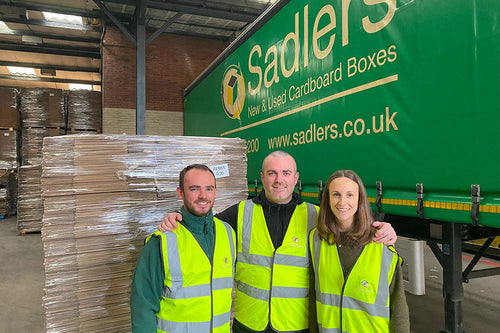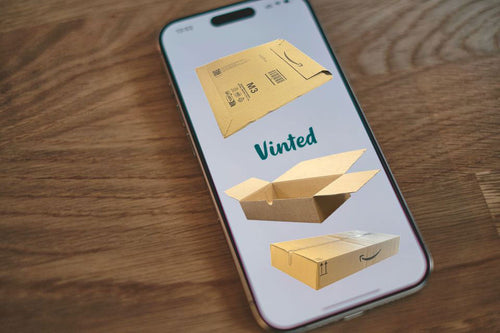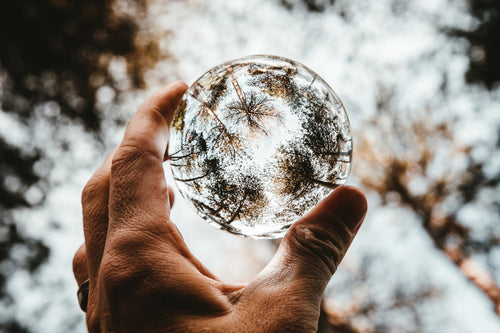Getting to grips with the circular economy

You may have heard the term ‘circular economy’ being mentioned without knowing exactly what it means, but it means a lot to us so we’re here to explain.
So what is the circular economy? And why do we care?
WRAP defines a circular economy as being ‘an alternative to a traditional linear economy (make, use, dispose) in which we keep resources in use for as long as possible, extract the maximum value from them whilst in use, then recover and regenerate products and materials at the end of each service life.’
There are many advantages to approaching economic activity in a circular way. The most obvious one is that it reduces waste. If an item is repaired, reused or repurposed instead of being thrown away it means less waste goes to landfill and the item gets an extended life.
It also saves natural resources. Numerous resources will go into the production of a new item that may never have been needed in the first place: water, labour, materials, fuel... the list goes on. In the long run it isn’t sustainable. Ever heard of the impossible hamster?
What are some examples of a circular economy?
Service EconomyMoving to a more service-based economy is one solution, for example encouraging the use of rented equipment instead of the purchasing of those items. Big companies are adopting circular economy principles in surprising ways. In a bold move even for a pioneer in sustainability, IKEA plans to roll out a furniture rental scheme in response to concerns from younger consumers about waste and excess, moving toward this service economy.
Technological Innovation
Technological change has driven a software-as-a-service (SaaS) model as physical items like CD-ROMs are now obsolete. No longer do you purchase a one-off piece of software that arrives in a box; more often than not you will subscribe on a monthly or yearly basis, and as long as you remain subscribed you will receive updates and improvements to the software.
Repurposing Materials
In a bid to be zero waste, some companies are selling their materials to allow other companies to repurpose them into something useful to the consumer. For example, Omni United now develops its tyres in a way that allows them to be repurposed into the soles of Timberland shoes once the material is no longer useful as a tyre.
Diverting Waste to Reuse
One of the best examples of a circular economy is taking used items and allowing them to be reused, with no processing required. This is much better than recycling and repurposing if it is possible to do. A prime example of this is cardboard box reuse – it simply allows a second hand box to be reused as a box!
How does the circular economy apply to you and your business?
Think about the waste you produce in the course of a business, whether it’s cardboard boxes or anything else relevant to your industry.Firstly, can you reduce how much of this you use?
Secondly, could you reuse these yourself? Could you for instance use product component boxes for shipping the finished product to wholesalers?
Thirdly, if it’s not possible to reuse your waste yourself, is there a company that will buy the waste off you, in the way that Sadlers buys second hand cardboard boxes and redundant stock?
Recycling should be the last port of call if all the other options have been exhausted. If the material cannot be reused or repurposed, can it at least be recycled? It’s easy to fall into the trap of believing that as long as you are sorting your waste for recycling then you are doing your bit… but to be truly circular, think reduce, reuse, recycle.
Or better still as we at Sadlers like to view it… REDUCE… REUSE… REWARD – sell your waste and see the rewards!
Featured Articles

October 08, 2025
We’ve been shortlisted for the National Recycling Awards!
We’re excited to announce that we’ve been shortlisted in the circular economy category at the Nation...

July 17, 2025
Sadlers becomes Sustainability West Midlands Member
Back in February this year we made the decision to join the Sustainability West Midlands network whi...

March 10, 2025
What packaging should you use for Vinted and other preloved apps?
Vinted users and the like are notoriously conscious about reuse – after all, the platform is centred...

January 15, 2025
‘Sustainable’ doesn’t have to mean more expensive
The general consensus amongst my friends is that a product that claims to be sustainable is going to...